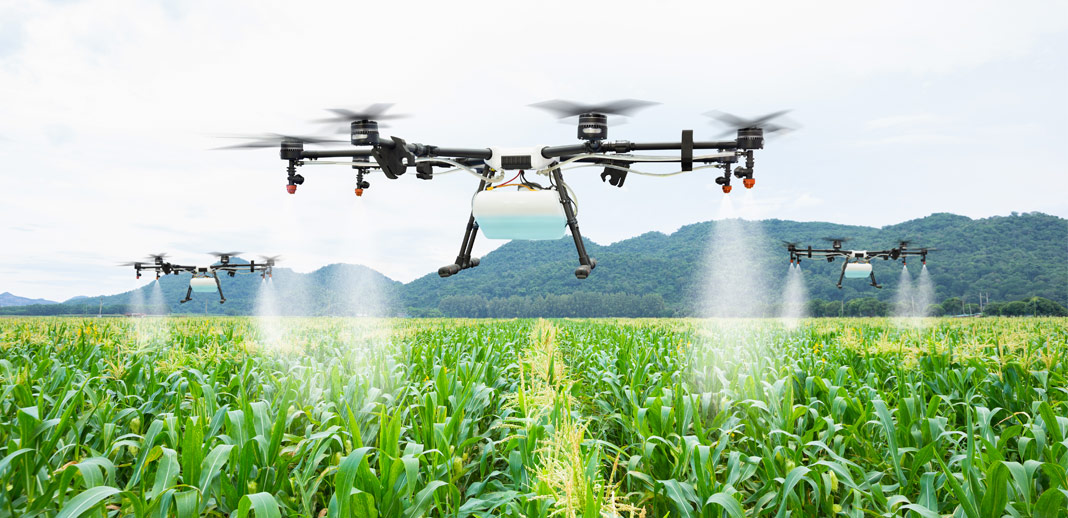When it comes to IoT – verticals such as Smart Cities, Transport & Logistics as well as Manufacturing 4.0, usually steal the limelight. However, one area in which IoT will make a huge impact is Agriculture.
According to Markets&Markets (2019) – Agricultural IoT is expected to grow at a CAGR of 10.4% from 2019-2024 to be worth nearly $21 Billion USD Globally.
So, what exactly will this change to Precision Agriculture look like from a use case perspective? Below is a non-exhaustive list.
Crop Management and Greenhouse Automation
These will include not only sensors and actuators to record and react to conditions regarding temperature, water level, humidity etc. but also drones for planting seeds and analysing crops (using high definition cameras to monitor for disease) as well as autonomous tractors and robots to harvest yields without human intervention.
Animal Monitoring and Management
Animals’ locations can not only be tracked but also monitored for health purposes. Additionally, machines for milking, feeding as well as housing animals are being connected to analyse data and automate operations.
Data-Driven Value-Added Services
This involves the use of Big Data Analytics based on sensor data where suppliers (seeds, fertilizer etc.) can set expected outcomes. Cellular connectivity can help share information vertically (in different areas of the farm e.g. field sensors, drones, automated tractor data) as well as horizontally (suppliers/customers). This information can be shared in a number of ways guiding farmers to optimize their yields and improve overall farm management. It could also open up business models including farm insurance (where a farmer is compensated if the yield is under a certain threshold)
Cellular IoT – The protocol of choice
While there are various connectivity options available regarding IoT, cellular is usually preferred as it supports the following:
Massive IoT – Guaranteeing coverage of all nodes even in remote and hostile environments while at the same time being inexpensive. Battery life lasts up to ten years.
Enhanced Broadband – Ensures throughput (processing data in volume) is powerful enough to support use cases such as video for security or crop monitoring, AI map reading for autonomous vehicles, uploading big data for farm operations, smartphone usage for day-to-day management etc.
Ultra-reliable, low latency – This capability will be used for drones, autonomous vehicles, as well as harvesting robots – giving them the ability to interact with the real world (with split second reactions).
Agricultural Drivers
Apart from the proliferation of technology – There are numerous other drivers that will be responsible for IoT adoption in Agriculture over the next few years. These include; a rising demand for agricultural produce owing to increased global population, a high degree of wastage in the application of agricultural inputs (50% of fertilizer is wasted), increased recognition of climate change and how it can be corrected, as well as strong government support to name a few.
Conclusion
By utilizing cellular connectivity to support this seamless digital ecosystem – users can integrate sensors, machines, and systems vertically and horizontally as well as perform analytics to turn information generated into actionable insights, all the while being insulated from cybersecurity and technical risks through enhanced network standards guaranteed by the GSMA.
On the ground, IoT will be appealing to all stakeholders regardless of size. For multinationals, it will improve operational efficiency through data collection and automation. For smaller individual farmers, Equipment-as-a-Service models are becoming available which alleviate some CAPEX, as well as insurance models which lower barriers to entry and financial risk.
If you want to find out more about precision farming click here, or are interested in incorporating an IoT strategy for your fleet of agricultural machinery contact us today.

